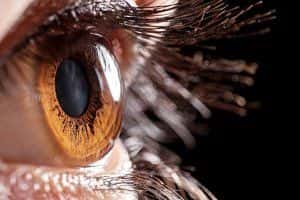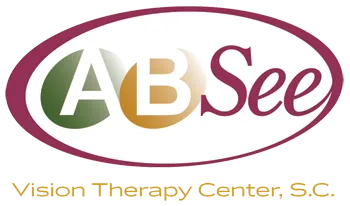Did you know that your eyes are an extension of your brain? There are six muscles connected to each eye, and they receive signals from the brain. These signals direct the eyes movements and, thus, control their ability to focus. When you are stressed, your brain goes through a number of changes and signals
Read more
The cornea is the clear, dome-shaped outer layer of your eye. It is comprised of five layers. Each is responsible for a separate function. This collection of cells, fluids and proteins must remain clear and undisturbed in order for you to see well, and to shield your eyes from dust and germs. The cornea protects your lens and iris, and is responsible for about 70 percent of the eye’s focusing power.
Unfortunately, the cornea is susceptible to a range of disorders, which are collectively referred to as corneal disorders. The following are some common corneal disorders that can affect this sensitive and important part of the eye.
Corneal disorders can be frightening, but researchers have developed many treatments. If you have any symptoms of corneal disorders, call us today so we can discuss your treatment options.
-
Stress and Vision
Category: Protecting Your Eyes
-
Pain Management
Category: Protecting Your Eyes
We take a lot of aspects of our vision for granted. We expect to see nearby and faraway objects clearly, even if we require our eye care provider to prescribe eyeglasses or contact lenses to do so. A huge degree of the information we take in about our world and our surroundings takes place visually,
Read more -
Nutrition for Eye Health
Category: Protecting Your Eyes
Eating right is essential for keeping your body healthy. This is as true for your eyes as it is for your heart. A diet that is rich in fresh fruits, vegetables and whole grains, and is low in saturated fat, can reduce your risk of heart disease. This will also keep your arteries healthy, so they can
Read more -
Lifestyle Practices for Eye Health
Category: Protecting Your Eyes
Protecting your eyesight is an important part of staying healthy overall. Maintaining sound eye health will also help you preserve your quality of life as you age. To keep your eyes as healthy as possible, follow these simple lifestyle practices. Get regular eye exams. Some eye problems — including
Read more -
Glare and Halos
Category: Vision Problems
Glare and halos are both eye symptoms that some people experience around bright lights. Halos show up as bright circles around a light source. Glare is light that interferes with your vision, making it difficult to see or sometimes making your eyes water. These symptoms can show up at any time of the
Read more -
UV Radiation and Your Eyes
Category: Protecting Your Eyes
Optometry warnings about the damaging effects of ultraviolet radiation on our eyes have not yet reached the degree of public awareness of that of skin damage. Yet, the sun can be just as damaging upon our eyes with unprotected exposure. Short-term exposure to very bright sunlight can result in a type
Read more -
Lazy Eye
Category: Pediatric Vision
Lazy eye, also referred to as amblyopia, is a condition that develops in infancy or early childhood, and it typically starts when the focus in one eye is more enhanced than the other. The eye with less focus might be impaired due to a significant amount of farsightedness or astigmatism, or something
Read more -
Pediatric Ophthalmology
Category: Pediatric Vision
Ophthalmology addresses the physiology, anatomy and diseases of the eyes. Pediatric ophthalmology focuses on the eyes of children. Pediatric ophthalmologists examine children’s eyes to see if they need corrective lenses or other treatments to improve their vision. Training for Pediatric Ophthalmologists Pediatric
Read more -
September Newsletter: Can Contact Lenses Protect Your Eyes from UV Rays?
Category: Newsletters
-
September Newsletter: How Your Environment Affects Your Eyewear Choice
Category: Newsletters
-
August Newsletter: What Is Swimmer's Eye and How Can It Be Prevented?
Category: Newsletters
-
August Newsletter: The Benefits of Scleral Contact Lenses
Category: Newsletters
-
July Newsletter: Can Eye Exams Detect Diabetes?
Category: Newsletters
-
July Newsletter: Soft vs. Hard Contacts: Pros and Cons
Category: Newsletters
-
June Newsletter: The Importance of Eye Exams for Kids
Category: Newsletters
-
June Newsletter: Can Colored Contacts Help with Vision?
Category: Newsletters
Do you suffer from glare, eyestrain or color blindness? Wearing special contact lenses could help.
Read more
